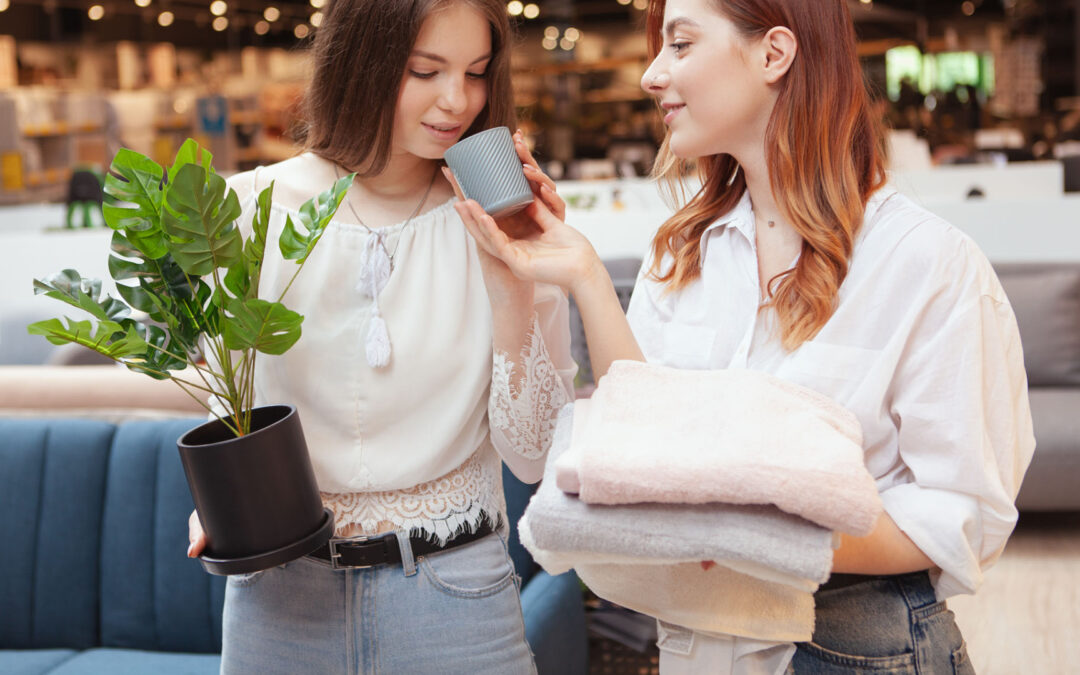Read any number of headlines and you’ll see many consumers are hesitant to spend on non-essential items. But there’s also growing evidence that those same consumers are looking for little indulgences.
After all, as respondents in the 2023 IHA Market Watch report made clear, wellness—mental even more than physical—is of utmost importance to consumers at home and in their daily lives. And we all can use a little treat sometimes, especially when the going gets rough.
Mixed Signals
While consumers may say they’re hesitant to spend, they’re also sending mixed signals. “A spending dichotomy has emerged, with consumers showing a willingness to splurge even while they’re trading down,” said McKinsey & Company in its April U.S. Consumer Pulse Survey. “Although inflation rates have increased over the past couple of years, respondents to our survey have shown a consistent willingness to treat themselves, with 40 percent saying they’re eager to spend in the coming year.”
And while that same report showed respondents spending less on home goods compared to other categories (February 2023 compared to February 2022), results vary in other data pools. For instance, a July Numerator survey found that 57% of consumers were uncomfortable spending on nonessential items, but home goods and housewares were among the categories with the smallest planned cutbacks.
Pockets of Opportunity
For its part, McKinsey & Co advises companies not to “overgeneralize when it comes to examining consumer behavior. Instead, they (should) tease out nuances and seeming contradictions between sentiment and behavior, seek to better understand different types of consumers by generation and income level, and focus on improving the omnichannel experience for consumers.”
In general, it appears that younger and higher income consumers are most willing to spend right now. But retailers and suppliers alike are wise to pay special attention to their target audiences and current customers. And to pay extra attention not just to what or how much those consumers say they intend to buy, but also what they actually do.
The desire for little indulgences frequently comes up because even though consumers may say they’re cutting back, they also might also seek out a small treat or be motivated to purchase one while shopping for something else. Case in point: Recent supermarket sales data that showed an increase in in-store bakery purchases, notably cookies and donuts.
What It Means for Housewares
Some items in the home and housewares space quickly come to mind when you think of small indulgences. Scented candles, accent décor like new throw pillows, or eye-catching pieces like these cocktail glasses from Widgeteer are just a few examples that please the senses and can boost endorphins or feelings of well-being.
But little indulgences can be practical too, like a can opener that doesn’t strain your hand, a product to upgrade your morning coffee routine or a storage solution for an always messy cabinet. They could be practical and whimsical like this fun little dishbrush/holder by Casa Vigar S.L, designed to inject some light-heartedness into a mundane task. Or they could be practical and pretty like the Kallos Side Table with Storage.
That’s where psychology comes into play…it’s all about whatever is important to an individual and what will feel like a small treat to them. The key is in connecting with consumers’ emotions, and merchandising and positioning products as special treats that will boost their sense of well-being.

